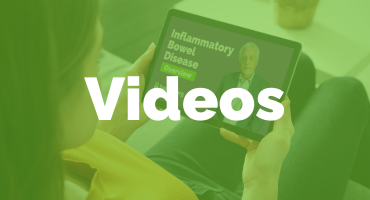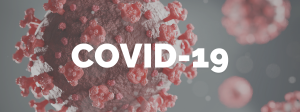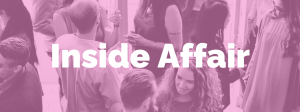
Dietary Recommendations for Nutrition-Related Anemia
Nutrition-related anemia can occur due to the inadequate intake and malabsorption of certain vitamins and minerals, including iron, vitamin B12, folate, and copper. The most common form of nutrition-related anemia is iron-deficiency anemia, particularly among women of child-bearing age, vegans and vegetarians, and people with malabsorption (e.g., gastric surgery, short bowel syndrome, celiac disease, inflammatory bowel disease flare, long-term use of PPIs, alcoholism). Vegetarians and vegans need 1.8 times more iron than non-vegetarians because our bodies cannot absorb the plant-based form of iron (non-heme iron) as well as it absorbs the animal form of iron (heme iron). This can make eating enough iron a challenge, so you might need to supplement. Keep reading for practical strategies to help improve intake and absorption of iron and other nutrients that can cause anemia.
Daily recommended intakes (DRIs)
| Demographic | Iron (Non-vegetarian) | Iron (Vegetarian/vegan*) |
| Male 19+ | 8 mg/day | 14 mg/day |
| Female 19-50 | 18 mg/day | 32 mg/day |
| Female 51+ | 8 mg/day | 14 mg/day |
| Female (pregnant) | 27 mg/day | 49 mg/day |
*Vegetarians and vegans need 1.8X more iron due to the decreased bioavailability of non-heme iron.
| Demographic | Vitamin B12 |
| Male 14+ | 2.4 µg/day |
| Female 14+ | 2.4 µg/day |
| Female (pregnant) | 2.6 µg/day |
| Demographic | Folate |
| Male 14+ | 400 µg/day |
| Female 14+ | 400 µg/day |
| Female (pregnant) | 600 µg/day |
Four Practical Strategies for Iron Deficiency Anemia
- Vitamin C: Add foods high in vitamin C to iron-rich meals and snacks to increase your body’s absorption of iron (e.g., try tomato sauce with lentils and/or ground meat, enjoy a chili made with meat and kidney beans, squeeze lemon juice on top of fish or chicken, add bell peppers to a stir-fry made with tofu or shrimp).
- Eat an iron-rich food at each meal and snack (see below): This could include eggs or fortified cereal for breakfast, dried fruit and nuts for a snack, chicken or lentils for lunch, and meat or a tempeh stir-fry with peanut sauce for dinner. Talk to a registered dietitian for individualized tips on how to eat more iron and learn how to fit it into your lifestyle.
- Avoid coffee and tea with meals: These decrease your body’s ability to absorb iron. Space coffee and tea one hour before or after meals to optimize iron absorption.
- Consider using a cast-iron pan: Try this when cooking to gradually increase your iron intake.
Food Sources of Iron
Heme
- red meat, fish, and poultry (chicken, turkey); liver is especially high in iron
- seafood: clams, mussels, oysters, scallops, canned sardines, canned shrimp
- egg yolk
Non-Heme
- blackstrap molasses
- dried fruit: figs, apricots, dates, etc.
- nuts and seeds: pumpkin, sunflower, nut butter, etc.
- whole grains: teff, amaranth, sorghum, buckwheat, cornmeal
- legumes: lentils, white beans, kidney beans, lima beans, baked beans, etc.
- fortified cereals (hot and cold)
- tofu, tempeh, edamame, and soybeans
- vegetables: spinach, broccoli, green peas
Food Sources of Vitamin B12
- meat, poultry, fish, seafood, and eggs
- milk and dairy products
- fortified cereals
- nutritional yeast
Food Sources of Folate
- dark green vegetables: spinach, kale, arugula, Swiss chard, broccoli, etc.
- legumes: chickpeas, lentils, kidney beans, etc.
- fortified cereals and flours: bread, bagels, enriched pasta, or egg noodles
- yeast extract spread, such as Vegemite or Marmite®















